Post Oak Tree (Quercus Palustris) – 3 Gallon Pot
$79.97 Original price was: $79.97.$55.98Current price is: $55.98.
SKU: D2LSC 0292945466 Category: NATIVE PLANTS
- Elevate Your Shopping Experience
- Get Quality, Get More
- 7-Day Returns, 100% Quality
- Protect Your Wallet with Safe Payments

Post Oak Tree
Quercus stellata
Other Names: Iron Oak
Plant Details
USDA Plant Hardiness Zones: 5a-9b Find Your Zone
Shrub Type: Deciduous Tree
Height at Maturity: 40-50′
Width at Maturity: 40-50′
Spacing: 55+ feet for space between trees
Growth Habit / Form: Upright Rounded
Growth Rate: Moderate, 12-18″ per year
Flower Color: Yellow Green
Flower Size: Insignificant
Flowering Period: Spring
Flower Type: Catkin
Fragrant Flowers: na
Foliage Color: Dark Green turning to Red or Bright Yellow to Golden-Brown shades in Fall
Fragrant Foliage: No
Fruit: Yes, the sweet acorn nuts Yes, are edible after tannins are boiled or leached out
Sun Needs: Full Sun to Mostly Sun; minimum of 6 hours direct sunlight per day
Water Needs: Average to Low when established
Soil Type: Clay (amend heavy clay), Loam, Sandy(amended), Silty
Soil Moisture / Drainage: Moist But Well-Drained; drought tolerant when established
Soil pH: 6.5-7.5 (Moderately Acid to Moderately Alkaline)
Maintenance / Care: Low
Attracts: Birds, Butterflies, Mammals
Resistances: Deer, Disease, Drought (when established), Dry Soil (when established), Heat, Humidity, Rocky Soil, Shallow Soil
Description
A very handsome, strong, sturdy and long lived North American native, Quercus stellata is commonly called Post Oak because its durable wood has been used for fence posts. It is a medium-sized tree in the white oak family that typically adds 1 to 2 feet in height per year reaching 40 to 50 feet tall and wide at maturity. It has a dense rounded to irregular canopy with the upper branches and stems often being twisted and gnarled, which makes it a quite an interesting and attractive specimen during the leafless winter months. The large leaves up to 8 inches long have 5 lobes with the two middle lobes being distinctly square, resulting in an overall cruciform appearance. Fall foliage color ranges from bright yellow to golden-brown shades. Insignificant yellowish-green flowers appear in spring that are followed by copper color oval acorns with a bowl-shaped cap on top. As is with most oak trees, the Post Oak has many benefits to wildlife, supporting many species of butterflies and moths and birds and mammals. Highly adaptable to many soil types and moist to dry conditions, the Post Oak is ideal for use as a shade tree in landscape or in groupings or groves for forestation and reclamation projects.
Wildlife Benefits
The wildlife benefits of the Post Oak are numerous. It is an excellent source of food for many wildlife species including deer, black bears, turkeys, woodpeckers. squirrels, rabbits, raccoons and many other species of smaller mammals and birds. It also supports a wide variety of Lepidopteran. You may see moths and butterflies such as Imperial Moth, Banded Hairstreak, Edward’s Hairstreak, Gray Hairstreak, White-M Hairstreak, Horace’s Duskywing and Juvenal’s Duskywing.
Note: Unprocessed, raw acorns can be potentially toxic due to the high tannin content. However, acorns are worth the processing steps as they are a low-calorie tasty food. The tannins need to be boiled or leached out.
Landscape & Garden Uses
Growing 40 to 50 feet tall and equally as wide, the Post Oak is ideal for use as a shade tree around the home and outdoor sitting and living spaces. Also nice as a specimen or in groupings in sunny woodland borders, fields, parks and in forestation and reclamation projects. When planted on the west side of the home it can significantly reduce cooling costs during the summer months. A fine addition to native plant gardens, meadow gardens, butterfly gardens, Xeriscape gardens (low water needs) and wildlife gardens where the acorns are eaten by many songbirds, wild turkeys, white-tailed deer, squirrels and other mammals and birds.
Suggested Spacing: 55+ feet for space between trees
Growing Preferences
The Post Oak is very easy to grow in most any moist but well-drained soil of average to poor fertility, even shallow rocky dry soils, and full sun to part shade. Established trees are exceptionally drought and also thrive in consistently moist and occasionally wet soils. We suggest at least 6 or more hours of direct sunlight per day. A very low maintenance tree that requires no pruning unless you want to remove some lower branches to expose more trunk. Young trees will benefit from fertilizer however older trees can usually get the nutrients needed from the soil and rain water.
Note: Find helpful advice from our experts under the Planting & Care tab above on desktop screens and below on mobile phones.
Plant Long & Prosper!
Meet The Wilson Brothers & Staff
Questions? Contact Us
Healthy Post Oak trees. Excellent packaging as usual!————————Thanks for the photo! We are so glad you are pleased and we hope you enjoy them for years to come! Thanks for the kind words and wonderful review! 🙂 Beth Steele | WBG
Be the first to review “Post Oak Tree (Quercus Palustris) – 3 Gallon Pot” Cancel reply
Related products
Sale!
NATIVE PLANTS
Sale!
NATIVE PLANTS
Sale!
Sale!
Sale!
Sale!
NATIVE PLANTS
Sale!
NATIVE PLANTS
Sale!
NATIVE PLANTS

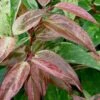










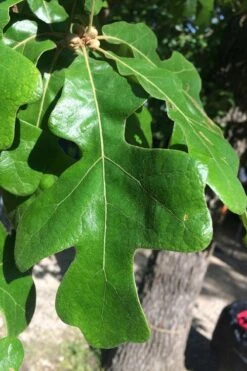










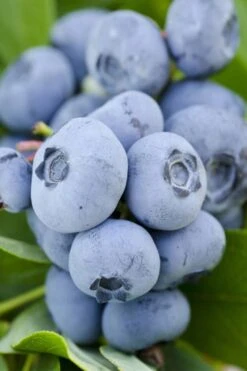

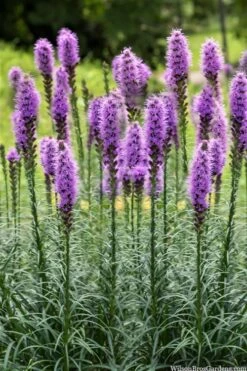

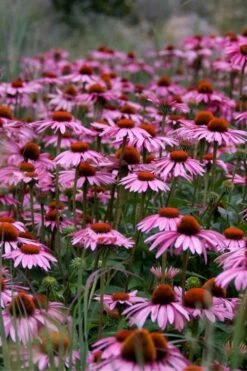

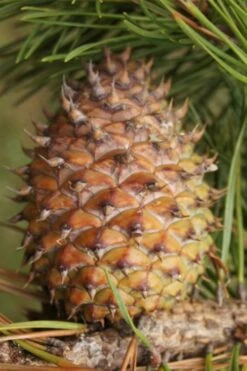



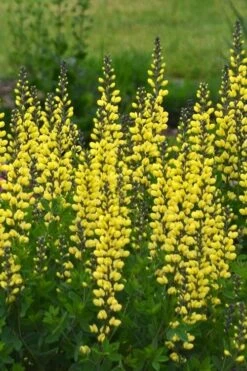

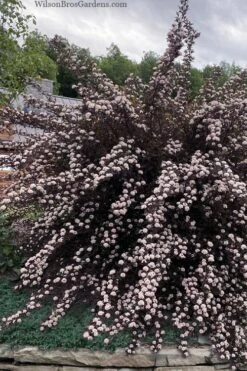

Reviews
There are no reviews yet.